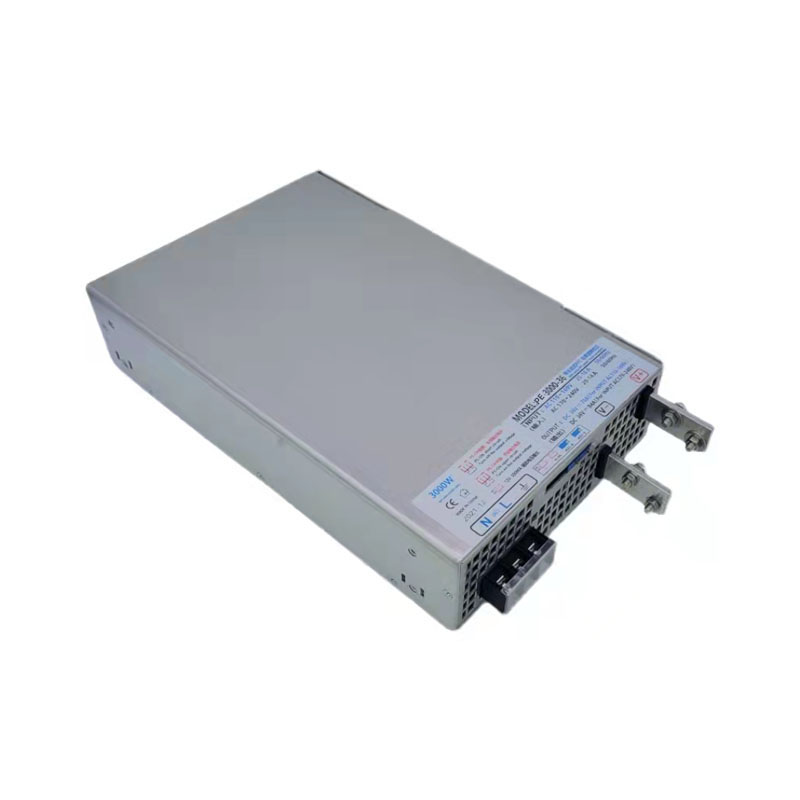What Should You Consider Before Purchasing a High Power Supply?
2025-07-07
Introduction:
Choosing the right High Power Supply is crucial to ensure system stability and energy efficiency. But with so many options available, what key factors should guide your selection process?

Main Body:
1. What Are Your Power Requirements?
Before buying a High Power Supply, calculate the required output in terms of voltage, current, and wattage. Undersized power supplies can cause system instability, while oversized ones may increase cost and energy waste.
2. What Type of Power Output Do You Need — AC or DC?
Different applications require different output types. Whether you need AC, DC, or programmable output, your High Power Supply must meet the specific voltage and current profiles of your equipment.
3. Is Efficiency a Major Concern?
Modern High Power Supply units offer efficiency ratings of 90% or higher. This not only reduces energy costs but also minimizes heat generation — critical for temperature-sensitive environments.
4. What Cooling Method Is Required?
High wattage generates heat. Choose a High Power Supply with:
Air cooling for light-duty use
Liquid or forced-air cooling for high-load environments
Proper thermal management ensures long-term stability and safety.
5. Do You Need Remote Monitoring or Programmability?
Many advanced High Power Supply models come with remote control interfaces (RS-232, CAN, Modbus) and programmable logic. This is especially useful for automated systems or remote installations.
Conclusion:
The right High Power Supply ensures your system runs efficiently, safely, and without interruption. By evaluating your voltage, cooling, and control needs, you’ll find the solution that delivers reliable power — even under the toughest conditions.